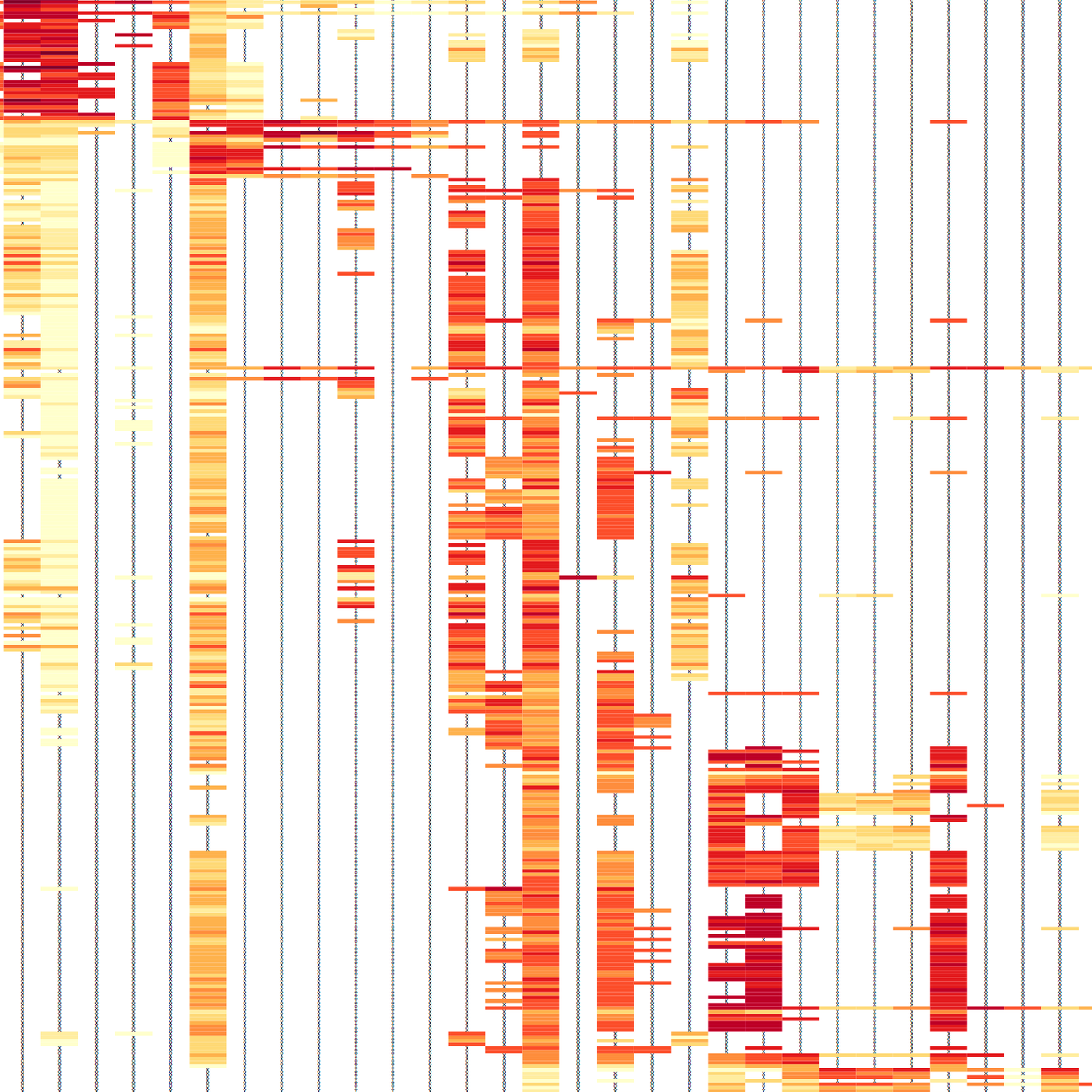William T. Harvey, Donald J. Benton, Victoria Gregory, James P. J. Hall, Rodney S. Daniels, Trevor Bedford, Daniel T. Haydon, Alan J. Hay, John W. McCauley, Richard Reeve
PLoS Pathogens
April 8, 2016
ABSTRACT
Determining phenotype from genetic data is a fundamental challenge. Identification of emerging antigenic variants among circulating influenza viruses is critical to the vaccine virus selection process, with vaccine effectiveness maximized when constituents are antigenically similar to circulating viruses. Hemagglutination inhibition (HI) assay data are commonly used to assess influenza antigenicity. Here, sequence and 3-D structural information of hemagglutinin (HA) glycoproteins were analyzed together with corresponding HI assay data for former seasonal influenza A(H1N1) virus isolates (1997–2009) and reference viruses. The models developed identify and quantify the impact of eighteen amino acid substitutions on the antigenicity of HA, two of which were responsible for major transitions in antigenic phenotype. We used reverse genetics to demonstrate the causal effect on antigenicity for a subset of these substitutions. Information on the impact of substitutions allowed us to predict antigenic phenotypes of emerging viruses directly from HA gene sequence data and accuracy was doubled by including all substitutions causing antigenic changes over a model incorporating only the substitutions with the largest impact. The ability to quantify the phenotypic impact of specific amino acid substitutions should help refine emerging techniques that predict the evolution of virus populations from one year to the next, leading to stronger theoretical foundations for selection of candidate vaccine viruses. These techniques have great potential to be extended to other antigenically variable pathogens.

